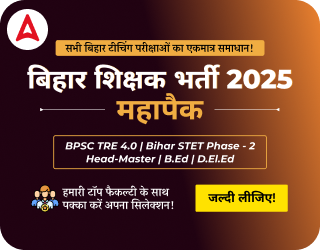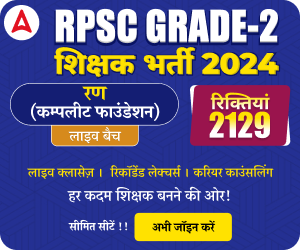Table of Contents
Choosing between an RRB Teacher and a TRE Teacher requires careful consideration of multiple factors, such as the number of vacancies, recruitment levels, salary structures, and retirement benefits. While RRB teacher jobs fall under the central government education system, TRE teacher jobs (such as BPSC TRE 4.0) are part of state government recruitment. Each role comes with its own set of advantages and limitations, making it essential for candidates to evaluate their options. Understanding these differences will help aspirants make an informed decision about which job aligns better with their career goals.
Differences Between RRB Teacher and TRE Teacher
RRB teacher jobs and TRE teacher jobs differ in several key aspects, including vacancy availability, recruitment process, salary structure, and retirement benefits. While RRB teacher positions are fewer in number and offer centralized benefits, TRE recruitment has larger vacancies but follows state-level pay scales and policies. These distinctions make each job suitable for different preferences and career aspirations.
| Differences Between RRB Teacher and TRE Teacher | ||
| Aspect | RRB Teacher Vacancy | TRE Teacher (e.g., BPSC TRE 4.0 Vacancy) |
| Level of Recruitment | National-level (Railway Recruitment Board) | State-level (Public Service Commissions) |
| Vacancy Frequency | Conducted periodically based on demand and vacancies | Conducted approximately every 3-4 years |
| Number of Vacancies | Limited vacancies due to fewer railway schools | Large-scale recruitment; lakhs of vacancies |
| Salary Structure | Based on 7th Pay Commission (Central Pay Scale) | Based on State Government Pay Scales |
| Allowances & Benefits | Higher benefits including HRA, DA, Travel Allowance | Benefits depend on state policies |
| Retirement Benefits | Central Government Pension Scheme, lifelong medical benefits | Varies by state some follow the New Pension Scheme (NPS) |
| Work Location | Railway Schools (Pan-India placement) | State Government Schools (State-specific placement) |
Which is a Better Job Between an RRB Teacher and a TRE Teacher?
Let’s discuss this in detail before you decide which job suits you best. Both RRB Teacher and TRE Teacher positions offer stable government jobs, but the work environment, salary, and benefits differ significantly. If you seek higher salaries, better allowances, and strong retirement benefits, an RRB Teacher job may be the better choice. However, if you want more opportunities with frequent recruitment cycles and prefer working within your home state, then TRE Teacher jobs may be a better fit. In the end, the right choice depends on your career goals and priorities.
Level of Recruitment
The recruitment process for RRB and TRE teachers differs in terms of scope and authority. RRB teacher recruitment is conducted nationally by the Railway Recruitment Board, while TRE teacher recruitment is handled by state commissions, offering opportunities within specific states. Below are the key differences:
RRB Teacher Recruitment:
- Conducted at the national level by the Railway Recruitment Board (RRB).
- Positions available in railway schools across different railway zones in India.
- Centralized selection process with a standardized exam pattern.
- Candidates may be placed outside their home state.
BPSC TRE Teacher Recruitment:
- Conducted at the state level by respective State Public Service Commissions (e.g., BPSC TRE 4.0).
- Positions available in state government schools within a specific state.
- Each state has its own eligibility criteria, syllabus, and selection process.
- Candidates are usually placed within their home state.
Salary Structure
The salary structure for RRB and TRE teachers is based on different pay scales. While TRE salaries may be competitive, RRB teachers enjoy additional benefits and a higher ceiling for salary growth under the central pay scale.
RRB Teachers receive salaries based on the 7th Pay Commission, ensuring better pay, allowances, and financial security. They benefit from additional perks like Dearness Allowance (DA), House Rent Allowance (HRA), Travel Allowance (TA), and other government benefits. For a TRE salary comparison, let’s take the example of BPSC TRE 4.0 under the Bihar state government. TRE teachers receive salaries according to Bihar’s state pay scale, including basic pay, DA, HRA, and other allowances. Below is the salary structure for different posts in RRB and BPSC TRE:
| Salary Structure | ||
| Post | RRB Teacher Salary (Basic Pay) | BPSC TRE 4.0 Salary (Basic Pay) |
| Primary Teacher (PRT) | Rs. 35,400 (Level-6) | Rs. 25,000 |
| Middle School Teacher (TGT) | Rs. 44,900 (Level-7) | Rs. 28,000 |
| Secondary Teacher (TGT) | Rs. 44,900 (Level-7) | Rs. 31,000 |
| Senior Secondary Teacher (PGT) | Rs. 47,600 (Level-8) | Rs. 32,200 |
Retirement Benefits and Pension Schemes
Retirement benefits play a significant role when deciding between RRB Teacher and TRE Teacher positions. RRB Teachers benefit from the Central Government Pension Scheme, which guarantees lifetime pensions, medical benefits, and post-retirement perks like railway passes and family pensions. This ensures a stable and secure future. In contrast, TRE Teachers follow state-specific retirement policies, where some states offer traditional pension schemes, while others implement the New Pension Scheme (NPS), requiring teachers to contribute towards their retirement fund. The level of post-retirement security varies, making the RRB Teacher position more advantageous in terms of retirement benefits.

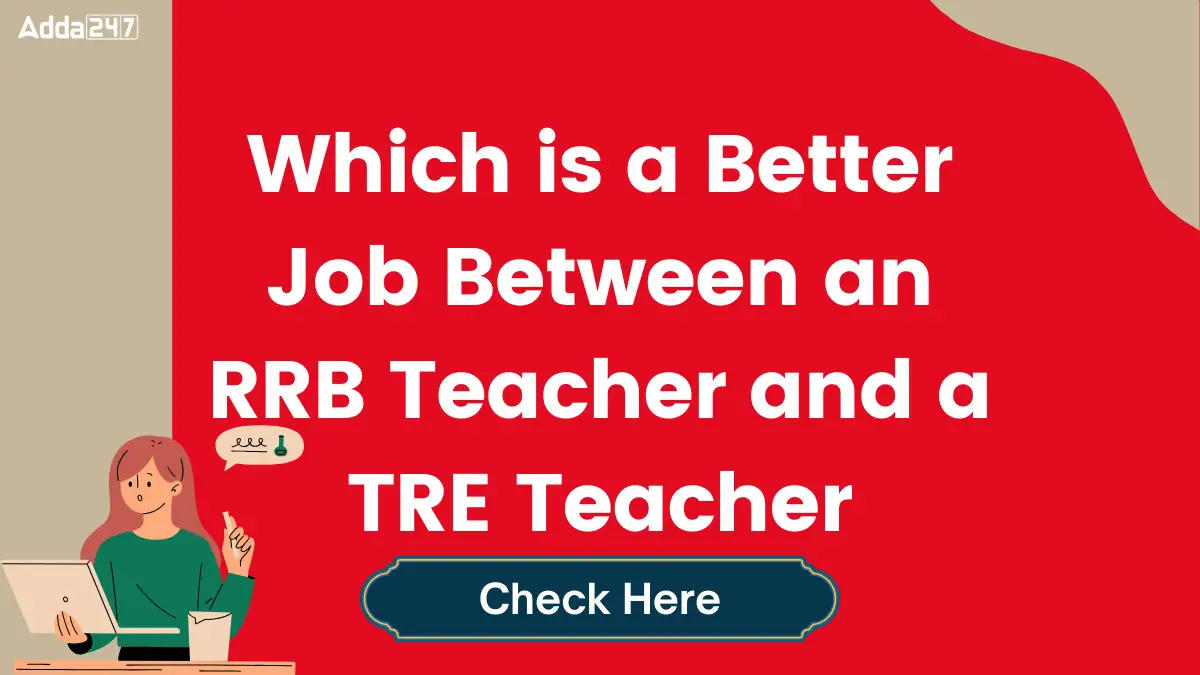


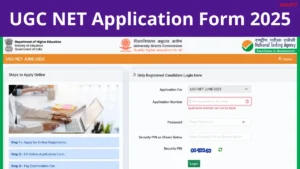 UGC NET Application Form 2025 Starts for...
UGC NET Application Form 2025 Starts for...
 Can DELED Qualified Candidates Apply for...
Can DELED Qualified Candidates Apply for...
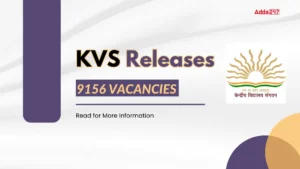 KVS Recruitment 2025 Out, Check Kendriya...
KVS Recruitment 2025 Out, Check Kendriya...











